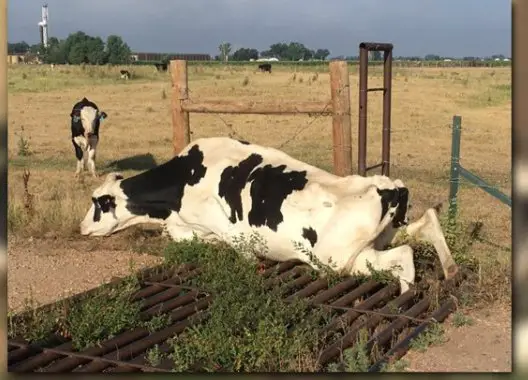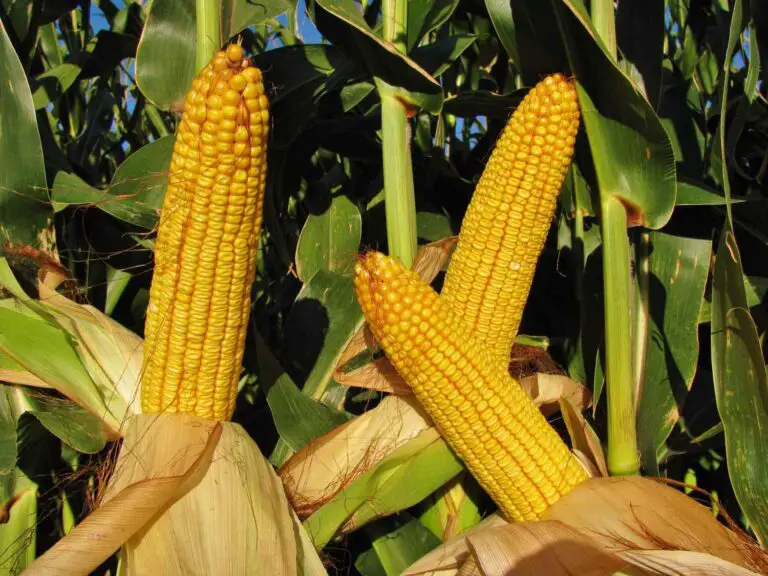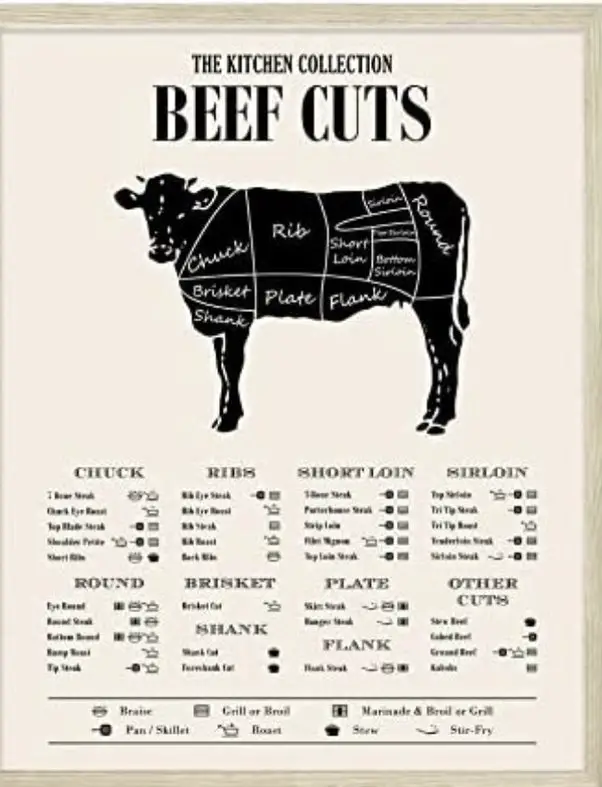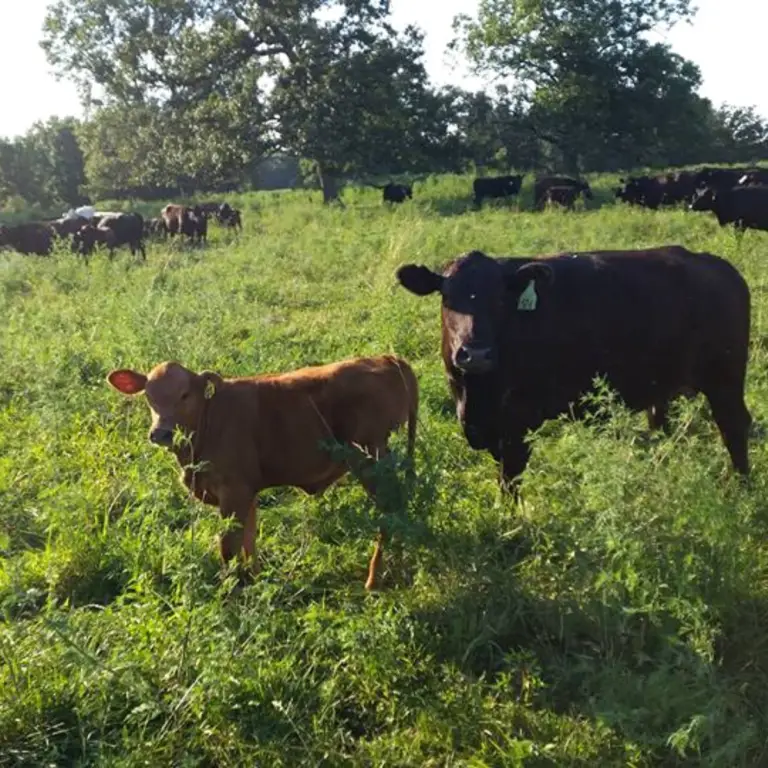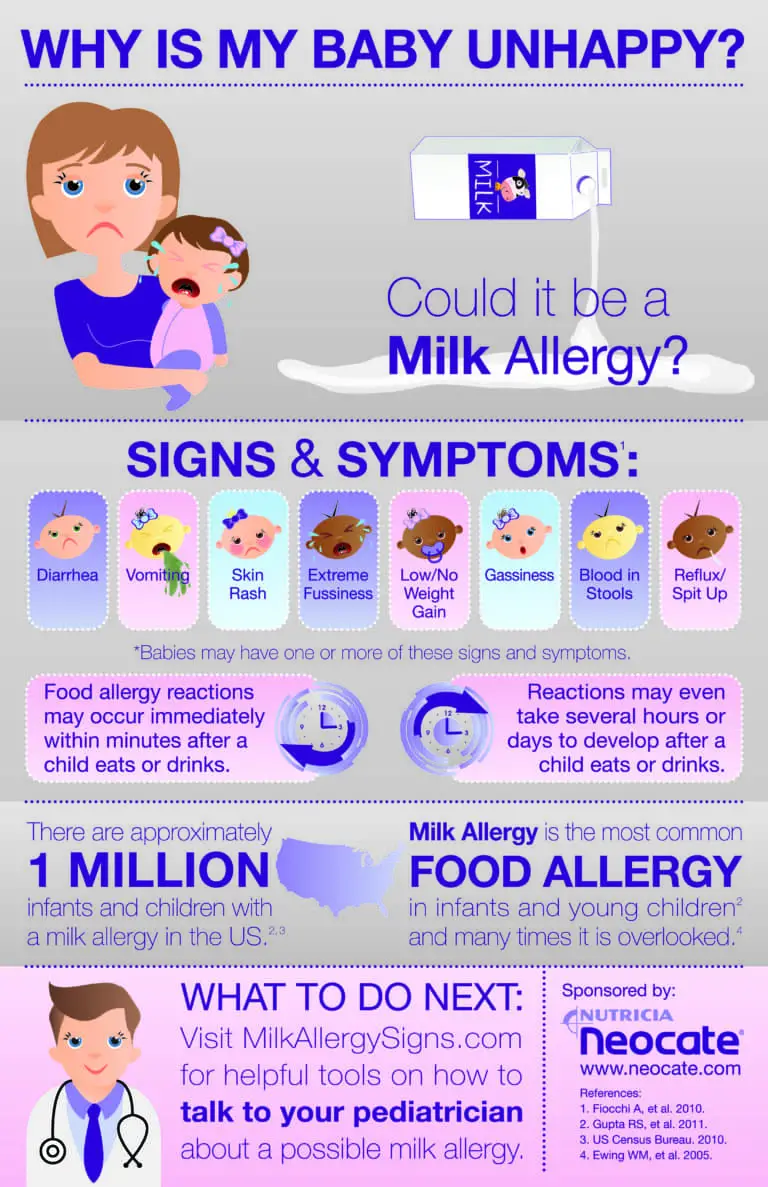How Soon Can Cattle Graze After Fertilizing: Best Practices
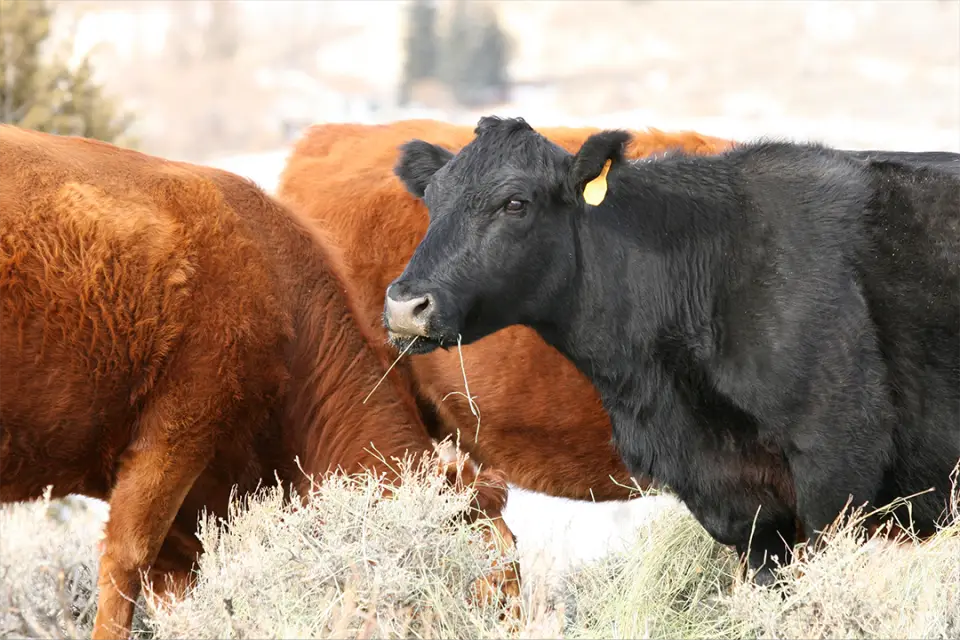
Cattle should not be allowed to graze immediately after fertilizing. It is recommended to wait for at least a half inch of rain to wash the fertilizer off the grass, or to withhold grazing for three weeks after topdressing with phosphorus fertilizers.
This is to prevent fertilizer-related nitrate poisoning in cattle and ensure their safety. It is important to manage pastures properly to ensure the health and productivity of livestock. We will discuss the best practices for fertilizing pastures and the recommended waiting time before allowing cattle to graze.
We will also cover the potential risks and consequences of allowing cattle to graze on freshly fertilized pastures. By following these guidelines, farmers and ranchers can maintain a healthy and sustainable environment for their livestock and improve their overall profitability.
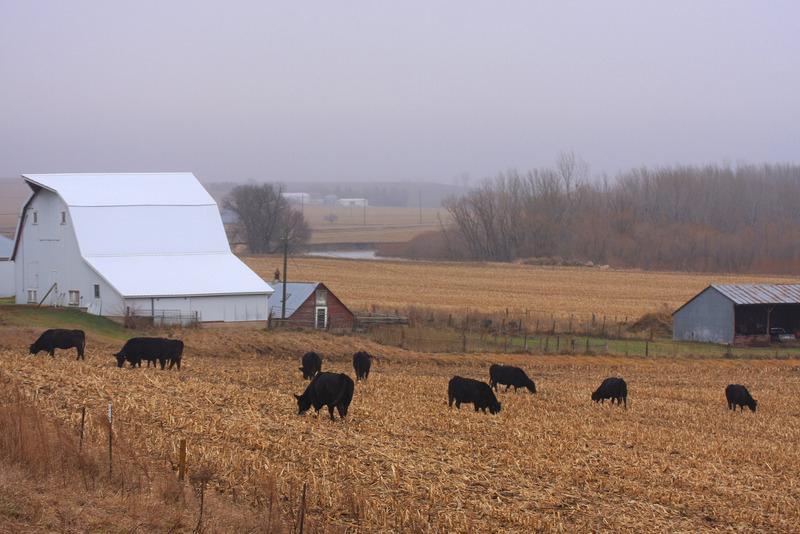
Credit: cropwatch.unl.edu
Importance Of Timing
When it comes to fertilizing pastures, the timing is crucial to prevent nitrate poisoning in cattle. It is important to avoid letting cattle graze immediately after spreading fertilizer and to clean up any fertilizer spills to ensure the safety of the animals. After applying fertilizer, especially nitrogen, it is recommended to keep horses off the pasture until about a half inch of rain has washed the fertilizer off the grass. Additionally, it is advised to delay spring grazing until the pastures have been growing for at least two to three weeks. Furthermore, when fertilizing pastures, it is crucial to consider the withholding periods recommended for different types of fertilizers to ensure the health of the cattle. Overall, proper timing of grazing after fertilizing is essential to prevent any adverse impact on cattle health.
Factors Influencing Grazing Time
Rainfall and Fertilizer Wash-off: After applying fertilizer, it’s crucial to wait for about a half inch of rain to wash the fertilizer off the grass before allowing cattle to graze.
Type of Fertilizer Used: Different fertilizers have varying impacts on grazing time. Quick-release liquid nitrogen requires cattle to stay off the pasture for at least a week, while phosphorus fertilizers should not be grazed for three weeks or until rain is received.
Best Practices For Grazing
After fertilizing, it is crucial to wait before allowing cattle to graze. Different fertilizers have varying waiting periods, and it is important to consider the type of fertilizer used. For nitrogen-based fertilizers, it is advisable to keep cattle off the pasture until approximately a half inch of rain has washed the fertilizer off the grass. When using phosphorus fertilizers, it is recommended to wait for three weeks or until rain or irrigation is received before allowing grazing. Additionally, quick-release liquid nitrogen requires cattle to stay off for at least a week. By following these waiting periods, the risk of fertilizer-related nitrate poisoning in cattle can be minimized.

Credit: blog-crop-news.extension.umn.edu
Managing Pasture Health
After fertilizing, it is crucial to allow cattle to graze for an appropriate time to prevent fertilizer-related nitrate poisoning. It is best to avoid letting cattle graze immediately after spreading fertilizer and clean up any spills. It is recommended to keep horses off the pasture until about a half inch of rain has washed the fertilizer off the grass, especially after applying nitrogen-based fertilizers. Additionally, it is advised not to graze the pasture for at least three weeks or until rain or irrigation is received after topdressing with phosphorus fertilizers. Timing of fertilizer application is crucial, and it is best to apply fertilizer during the growing season, preferably after the first cutting and early fall when the soils are firm enough to support the spreading equipment.
Expert Recommendations
Expert Recommendations:
Insights from Agricultural Extension Services: It is crucial to prevent fertilizer-related nitrate poisoning in cattle by controlling access to fertilizer. Avoid allowing cattle to graze immediately after spreading fertilizer and promptly clean up any fertilizer spills.
Advice from Livestock Management Boards: After applying fertilizer, especially nitrogen, it is recommended to keep horses off the pasture until about a half inch of rain has washed the fertilizer off the grass. Additionally, topdressing with phosphorus fertilizers should not be grazed for three weeks or until rain or irrigation is received.
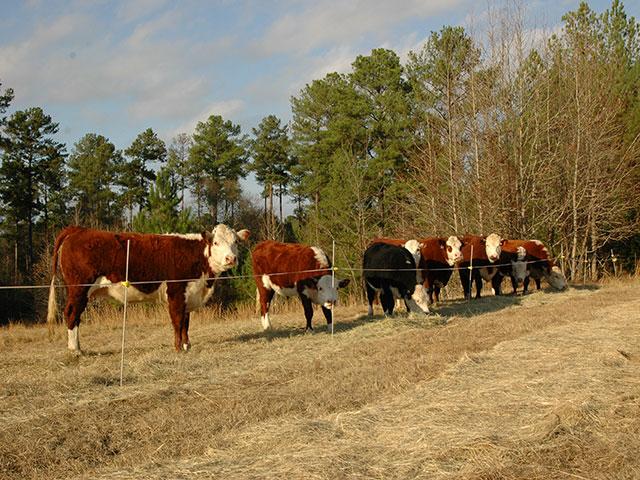
Credit: www.dtnpf.com
Common Misconceptions
|
Cattle should not graze immediately after fertilizing to prevent nitrate poisoning. Wait for rain to wash off the fertilizer before allowing access to pastures. It is advisable to avoid spills and control cattle access to fertilized areas. Keeping animals off freshly fertilized pastures, especially after nitrogen application, is crucial to prevent health risks. |
Frequently Asked Questions
Can Cattle Graze Freshly Fertilized Pasture?
Cattle should not graze freshly fertilized pasture to prevent nitrate poisoning. Wait for about three weeks or until rainfall washes off the fertilizer. Clean up spills and keep animals off until the grass is safe to consume.
How Long To Keep Animals Off Fertilized Pasture?
After fertilizing pasture, keep animals off until a half-inch rain washes the fertilizer away.
When To Graze After Fertilizing?
To prevent fertilizer-related nitrate poisoning in cattle, avoid letting them graze immediately after fertilizing and clean up any spills. For horses, keep them off the pasture until about a half inch of rain has washed the fertilizer off the grass.
It is recommended to wait for at least three weeks or until rain/irrigation is received after topdressing with phosphorus fertilizers before grazing. Apply fertilizer to hay or pastures during the growing season when the soils are firm enough to support spreading equipment.
When To Apply Fertilizer To Pasture?
To prevent fertilizer-related nitrate poisoning in cattle, avoid letting them graze freshly fertilized pasture and clean up any spills. After applying fertilizer, especially nitrogen, keep horses off the pasture until about a half inch of rain has washed the fertilizer off the grass.
It is recommended to withhold grazing for three weeks or until rain or irrigation is received after topdressing with phosphorus fertilizers. Fertilizer can be topdressed on hay or pastures at any time during the growing season, but right after the first cutting and early fall provide the best times.
Conclusion
After fertilizing, it’s crucial to wait before letting cattle graze to prevent nitrate poisoning. Avoid immediate access and clean spills to ensure safety. Following guidelines and allowing time ensures healthy pastures for livestock. Proper management post-fertilization benefits both the animals and the land.
Also Worth Reading:
- How Do You Connect Cattle Panels Together: Expert Tips
- Best Cattle Feed : Top Picks for Healthy Cows
- Best Way to Load Cattle in a Stock Trailer: Expert Tips
- Cattle Problem in Australia: Urgent Solutions
- Discover the Ultimate Best Cattle Feed Formula
- How are Farm Cows Killed : Unveiling the Slaughter Process
- How Do Cows Know Not to Cross Cattle Guards : The Surprising Science
- How Do You Know If Baby Has Cows Milk Intolerance: Symptoms and Diagnosis.
- How Do You Know If Cows are Pregnant : A Comprehensive Guide
- How Good Can Cows Smell : Unveiling Their Sensory Superpower
